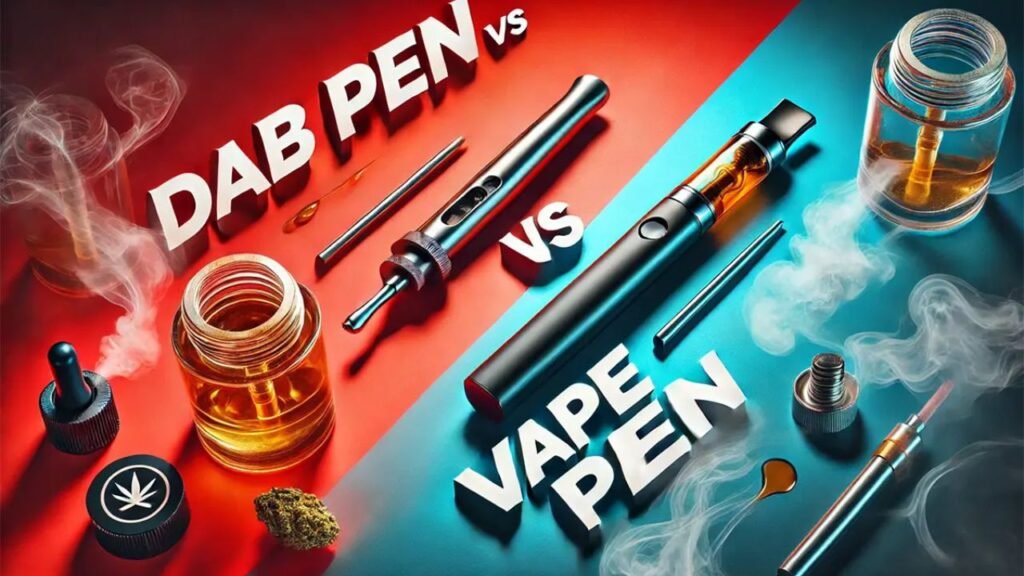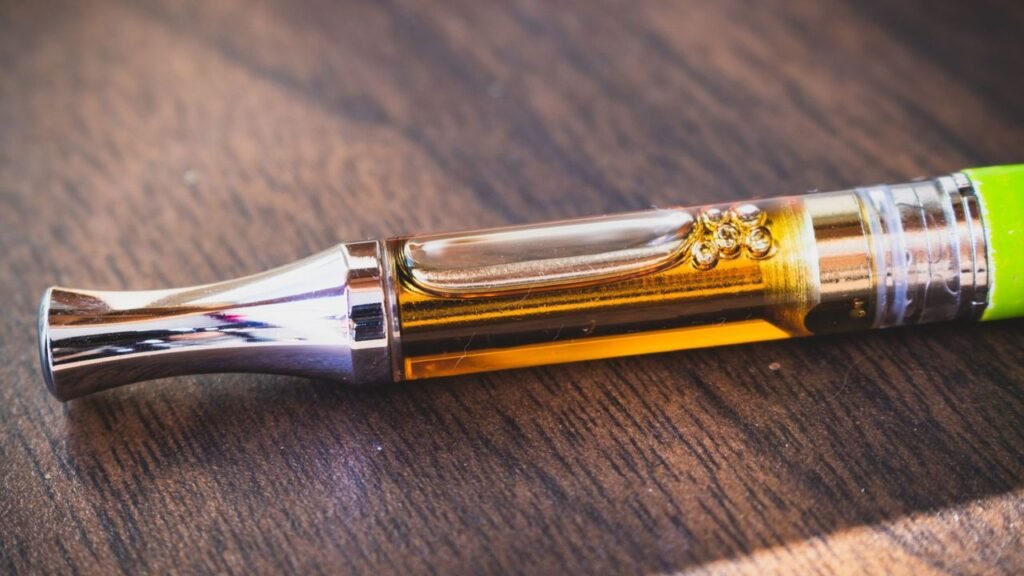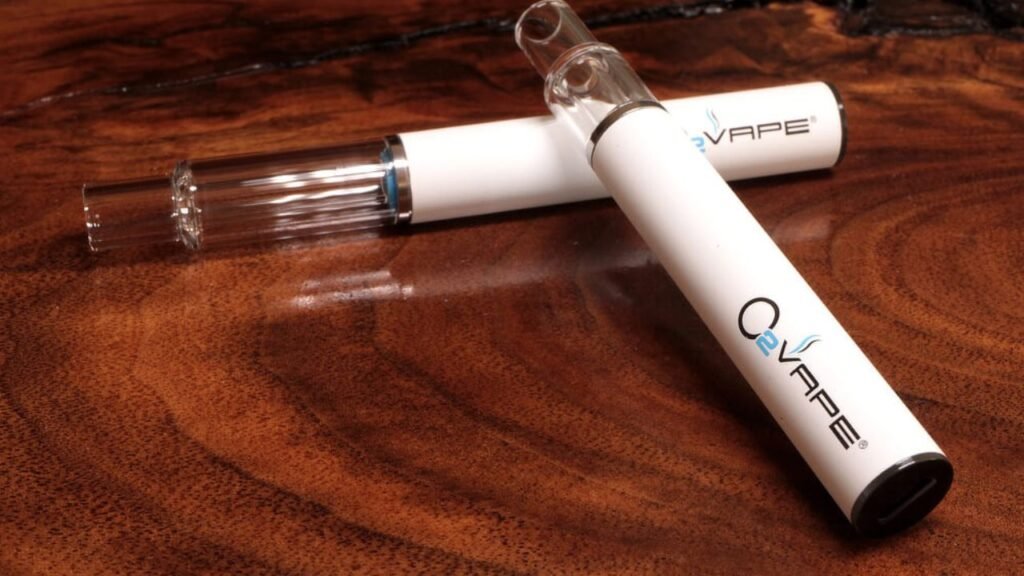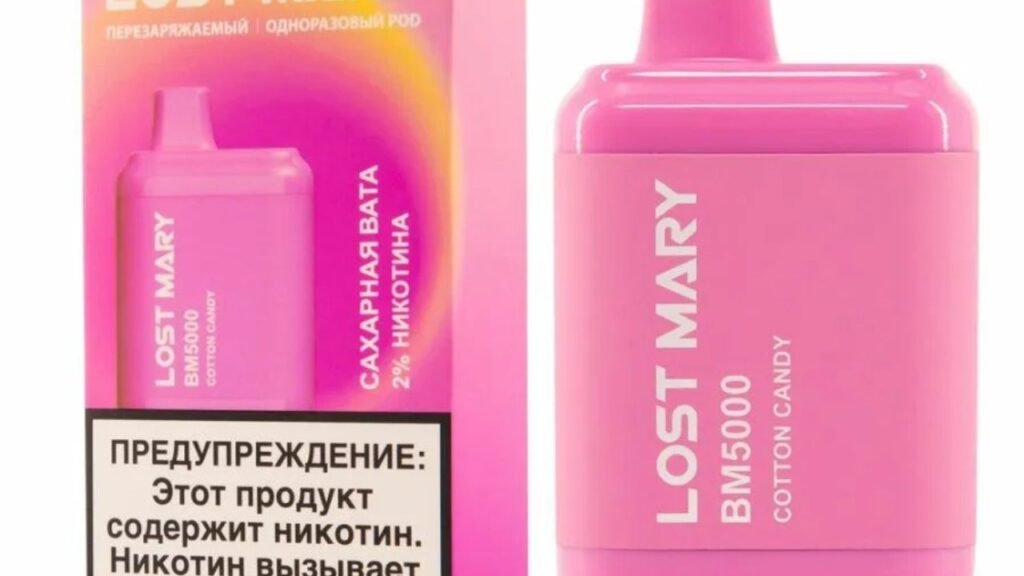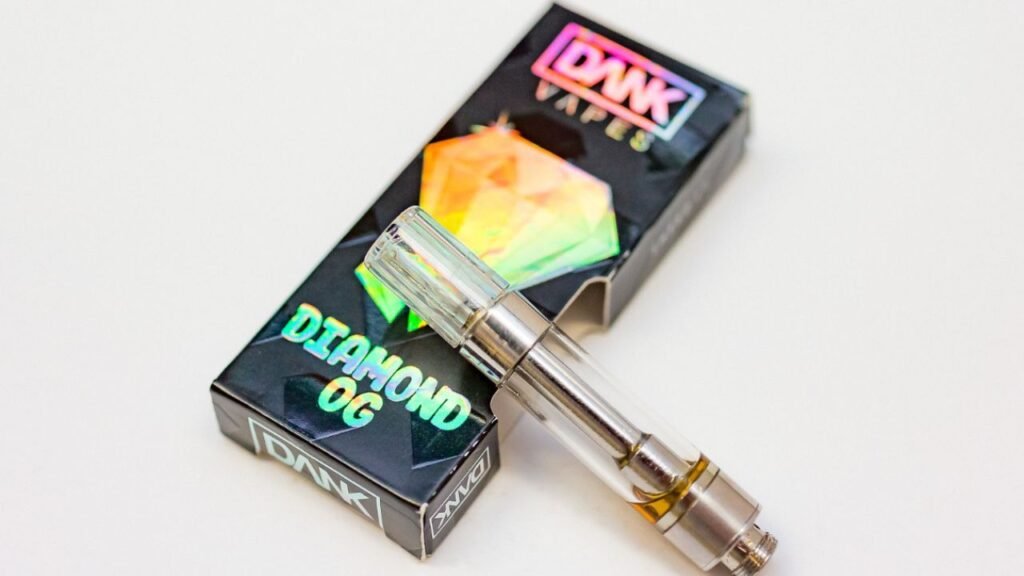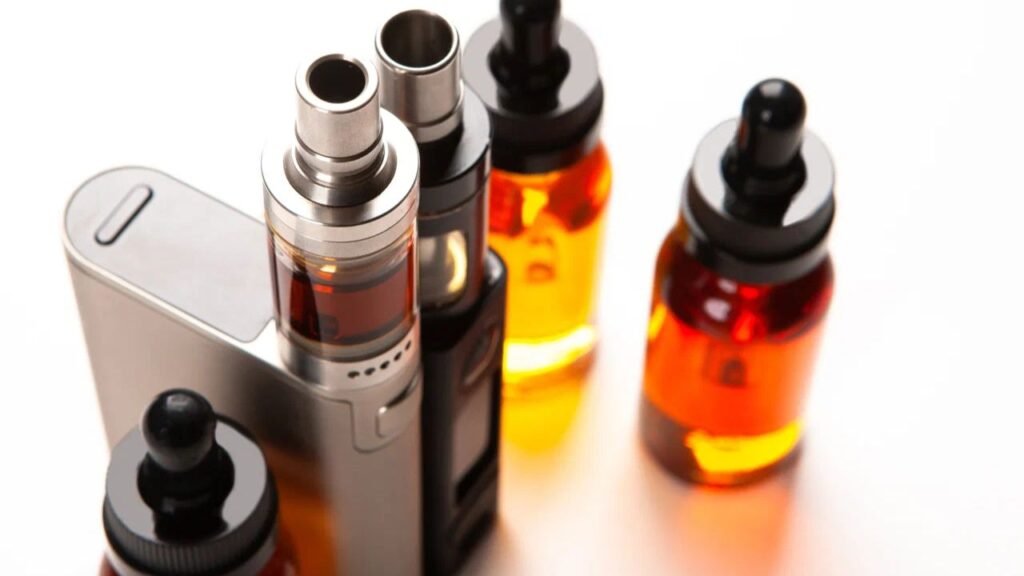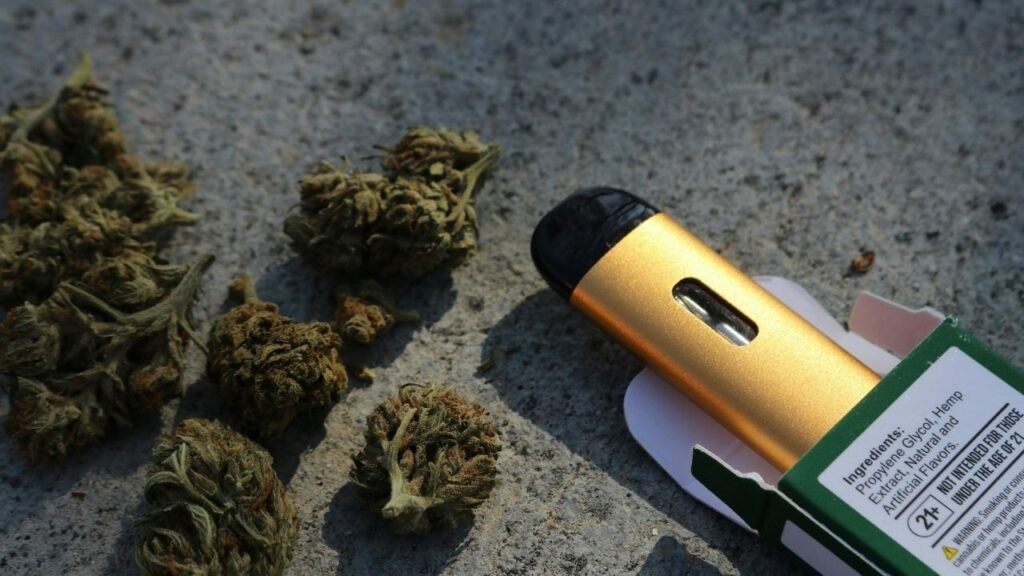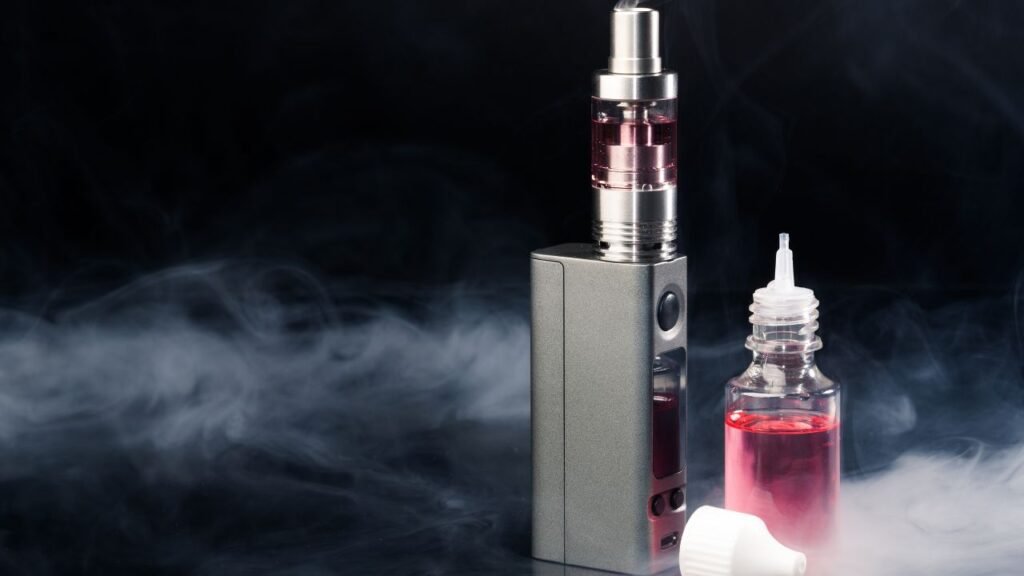How Many Calories Are in a Vape?

Vaping has become a widely adopted alternative to traditional smoking, particularly among young adults and former cigarette users. With sleek devices, various flavors, and easy availability, vape pens have surged in popularity across global markets. While most people focus on the nicotine or THC content in vape products, few consider other potential impacts—like calorie intake. This raises an important yet often overlooked question: Do vapes contain calories, and can they impact your diet or weight?
Understanding whether vaping contributes to caloric intake is crucial, particularly for health-conscious individuals who are monitoring their diet. While vaping doesn’t involve eating or drinking, the inhaled vapor contains compounds like vegetable glycerin and flavorings, which may raise concerns about hidden calories. How many calories are in a vape? In a world where people track every bite, knowing whether your vape adds to your daily calorie count helps make informed lifestyle choices. This guide will explore the truth behind vaping and calories.
Understanding Calories in Vapes
A. Definition of Calories and Their Role in the Body
Calories are units of energy that our bodies use to function. Every time we eat or drink, we’re consuming calories that our body converts into fuel. This energy powers everything from basic metabolic processes like breathing and circulation to physical activities like walking or exercising. The number of calories a person needs depends on factors like age, sex, weight, activity level, and overall health. Typically, calories come from macronutrients—carbohydrates, proteins, and fats—found in food and beverages. But what about substances that are inhaled, like vape aerosols?
B. Overview of the Components of Vape Juice (E-Liquids)
Vape juice, or e-liquid, is the substance used in electronic cigarettes and vaporizers. How many calories are in vapes? It usually contains a mixture of four main components:
- Vegetable Glycerin (VG): A clear, odorless liquid derived from vegetable oils. VG is slightly sweet and thick, responsible for producing large vapor clouds.
- Propylene Glycol (PG): A thinner liquid that helps carry flavors. It is generally used in food and cosmetics and produces a throat hit similar to smoking.
- Flavorings: These are food-grade and mimic a variety of tastes like fruits, desserts, mint, or tobacco.
- Nicotine (optional): An addictive stimulant found in tobacco. Some vape juices are nicotine-free.
Of these, VG and PG are sugar alcohols that do contain calories. For example, VG has around 4.3 calories per gram—similar to sugar.
C. Discussion on Whether Vapes Contain Calories
Technically, yes—vape liquids can contain calories. The ingredients, especially VG and PG, are caloric substances. However, the real question is whether these calories are absorbed by the body during vaping. Unlike eating or drinking, vaping doesn’t involve digestion. When you inhale vapor, most of the substances are exhaled or absorbed in trace amounts through the lungs or mouth.
Scientific studies suggest that any caloric absorption from vaping is negligible. You would have to vape excessively for hours to absorb even a single calorie worth of energy. The body’s calorie-burning processes don’t engage in the same way during inhalation as they do with digestion. So, although vape juice ingredients technically have calories, vaping does not contribute to calorie intake in any meaningful way. Calories in vape. In short, vapes contain ingredients with calories, but those calories don’t impact your diet or weight.

Caloric Content of Vaping
A. How Many Calories Are in a Vape?
- General Estimates of Calories in Vape Juice
- Although vape juice is not consumed like food or drink, it does contain ingredients with caloric value. The two main contributors are Vegetable Glycerin (VG) and Propylene Glycol (PG). VG has about 4.3 calories per gram, and PG has about 4 calories per gram. However, the total amount of VG or PG inhaled during vaping is extremely small. For example, a standard 1 mL of e-liquid may contain around 4–5 calories, depending on its composition. If you vape 2 mL per day, you’re technically inhaling only 8–10 calories, but most of this is not absorbed by your body.
- Factors Affecting Calorie Content (e.g., Ingredients)
- The actual calorie count of vape juice varies based on the VG/PG ratio, flavoring types, and whether nicotine or cannabis oils are present. E-liquids with higher VG content will have slightly more calories than those with higher PG. Some dessert or candy-flavored vapes may also include more sweeteners and additives, marginally increasing their caloric density. However, these changes are minimal and still unlikely to have any real impact on your daily intake.
B. Breakdown of Calories Per Vape Hit
- How Many Calories Are in a Vape Puff?
- When broken down by individual puffs, the calorie count becomes even more trivial. A single puff typically involves 0.003 to 0.006 mL of vape juice. Based on this, one puff would contain about 0.02 to 0.05 calories—virtually nothing. Even if you take 200 puffs in a day (which is on the high end), you might barely reach 5–10 calories, most of which are expelled rather than metabolized. Therefore, it’s safe to say that each vape hit contains less than 0.1 calorie, with negligible absorption.
- Comparison of Calories in Different Types of Vapes
- Calorie content can vary slightly between nicotine vapes, THC vapes, and flavored disposables. For instance, high-VG e-liquids used in sub-ohm vaping setups may have a fraction more calories per puff than nicotine salts used in pod systems. THC vapes may contain cannabis oils, which are fat-based and slightly higher in calories. However, even then, the total absorption is still minimal. Disposables typically use thinner liquids and smaller vapor production, meaning their calorie impact is even lower.
In conclusion, while ingredients in vape juice technically contain calories, the actual amount absorbed per hit is too small to affect your diet or weight in any measurable way.
Common Misconceptions About Vaping and Calories
A. Do Vapes Have Calories?
Yes, technically, vapes do have calories—but not in the way people often imagine. The main ingredients in vape juice, vegetable glycerin (VG) and propylene glycol (PG), are substances that contain caloric value. VG has about 4.3 calories per gram, and PG has around 4 calories per gram. However, these calories matter only if the body absorbs them in meaningful amounts. Since vaping involves inhaling vapor, not digesting, the majority of these calories are either exhaled or minimally absorbed through the lungs or mouth lining. So, while vape juice contains calories on paper, the number of calories consumed is negligible.
B. Clarifying Myths Surrounding Calorie Intake from Vaping
One of the most common myths is that vaping makes you gain weight due to hidden calories. This belief is often fueled by the sweet, dessert-like flavors of many vape products. However, taste doesn’t equal calorie intake. Just because something tastes like cake or candy doesn’t mean it has the same caloric impact as eating those foods. Another myth is that nicotine or THC contributes calories, which is false. Nicotine and THC themselves do not have any measurable caloric value.
Some people also assume that vaping sweet flavors must be like inhaling sugar. This is incorrect. While flavorings are food-grade and designed to mimic real tastes, they are used in extremely small amounts and are not absorbed in the same way as consumed food. There is no scientific evidence that vaping leads to significant calorie intake or weight gain.
C. The Impact of Flavorings and Additives on Calorie Content
Flavorings and additives in e-liquids are primarily designed to enhance the vaping experience, not to deliver nutrition or calories. These additives are often used in such small concentrations—typically less than 1% of the total liquid volume—that they contribute almost no caloric value. Even if a flavoring contains trace calories, the amount per puff is so minuscule that it’s not biologically significant.
Some e-liquids may contain sugar alcohols or sweeteners, but again, these are not present in large enough quantities to matter. The only case where additives could slightly increase calorie content is in cannabis oil vapes, which use fat-based carriers. Still, the amount inhaled and absorbed remains too low to influence diet or health.
In summary, while vape ingredients may have caloric content, the act of vaping itself does not contribute meaningful calories to your body. Most misconceptions are based on confusion between flavor and food intake.
How Many Calories Are in Hitting Your Vape?
When you hit your vape, you might wonder if those flavorful clouds come with hidden calories. The short answer is: yes, but the amount is so small it’s practically meaningless. Most vape juices contain a mix of vegetable glycerin (VG) and propylene glycol (PG)—two ingredients that do carry calories. VG has around 4.3 calories per gram, while PG contains about 4 calories per gram. However, vaping is not like eating or drinking. You’re inhaling vapor, not digesting substances, so your body doesn’t absorb these calories the same way it does through food.
Let’s break it down. A single puff of vape typically uses about 0.003 to 0.006 mL of e-liquid, depending on the device and how hard you pull. That amount of liquid might contain 0.02 to 0.05 calories. Even if you took 200 puffs in a day, you’d only be exposed to about 4 to 10 calories—and that’s assuming all of it were absorbed, which it isn’t. In reality, most of the vapor is exhaled, and only trace amounts are absorbed through your lungs and mouth lining. Some people think vaping sweet or dessert-flavored e-liquids must be like inhaling sugar, but that’s a myth. These flavors are created with food-grade additives used in very tiny amounts and don’t provide nutritional value or significant caloric content.
In conclusion, hitting your vape does involve ingredients with caloric value, but the actual intake per puff is far less than 0.1 calorie. You’d have to vape continuously and in large quantities to consume even a single calorie. So, from a dietary standpoint, vaping won’t affect your calorie count or lead to weight gain.

Will Vaping Break a Fast?
Whether or not vaping breaks a fast depends on the type of fast you’re following and the ingredients in your vape. Fasting is typically done for one of two reasons: health/weight loss (like intermittent fasting) or religious purposes (like Ramadan). Let’s break down how vaping fits into both.
For intermittent fasting, the main goal is to avoid anything that raises insulin levels or disrupts metabolic rest. Most vape juices contain vegetable glycerin (VG) and propylene glycol (PG), which have calories. However, the amount per puff is extremely small—roughly 0.02 to 0.05 calories—and most of that is not absorbed by your body. Even if you vaped heavily, you might only be exposed to 4–10 calories per day, and again, most of that is exhaled. So from a caloric or metabolic standpoint, vaping does not significantly impact your fast, especially if you choose a nicotine-only or zero-calorie vape liquid.
However, if your vape contains added sweeteners or sugars, it could slightly raise insulin levels, which may technically break your fast, especially if you’re aiming for strict metabolic benefits like ketosis or autophagy. From a religious fasting perspective, the answer can vary. During Ramadan, for example, many scholars agree that vaping breaks the fast, since it introduces substances into the body through the mouth and may provide a sense of satisfaction or pleasure similar to eating or drinking.
In summary:
- For intermittent fasting: Vaping likely won’t break your fast if you’re using nicotine or flavor-only e-liquids with no sugars.
- For religious fasting: Vaping is generally considered to break the fast because it involves inhaling substances into the body.
Always check with a healthcare provider or religious authority if you’re unsure.
FAQs
1. How many calories are in vapes?
Vapes contain small amounts of calories due to ingredients like vegetable glycerin and propylene glycol. A typical 1 mL of vape juice may have about 4–5 calories. However, since you’re inhaling—not digesting—the actual calories absorbed by your body are negligible.
2. How many calories per vape hit?
Each vape hit uses a tiny amount of e-liquid—usually 0.003 to 0.006 mL. That translates to about 0.02 to 0.05 calories per puff. Even with frequent vaping, the total calorie intake remains extremely low and unlikely to affect your daily caloric consumption.
3. How many calories are in a vape puff?
A single puff of vapor contains less than 0.1 calorie, often closer to 0.03 or 0.04. Since most of the vapor is exhaled and not fully absorbed, your body takes in almost none of those calories, making it a non-issue for most people.
4. Calories in vape?
Yes, vape juice has calories from its base ingredients—vegetable glycerin and propylene glycol. But when vaping, those calories are inhaled in vapor form, not eaten. The body absorbs only trace amounts, so the calorie impact is practically zero for typical use.
5. Do vapes have calories?
Technically, yes. Vapes contain small caloric amounts due to their liquid ingredients. However, the method of consumption (inhalation) means very little is absorbed. While the ingredients have calories on paper, vaping itself doesn’t significantly contribute to your caloric intake or affect your diet.
Conclusion
In summary, while vape juices do contain ingredients with caloric value—such as vegetable glycerin and propylene glycol—the actual amount of calories absorbed during vaping is extremely low. A single puff contains less than 0.1 calorie, and even heavy vaping barely contributes 5–10 calories per day, most of which are exhaled.
For most users, especially those practicing intermittent fasting or monitoring calorie intake, vaping does not significantly impact dietary goals. However, understanding what goes into your vape and how it affects your body is part of making informed health choices. Flavorings and additives may raise concerns, but they contribute negligible nutritional value or caloric content.
Ultimately, while calories from vaping are not a real threat, vaping still involves other health considerations—like nicotine or THC exposure. So, it’s wise to stay aware of your habits and prioritize your overall well-being when choosing to vape. Awareness is key to making healthier, more informed decisions.
Read More>>>>>>> How Many Calories Are in a Vape?

